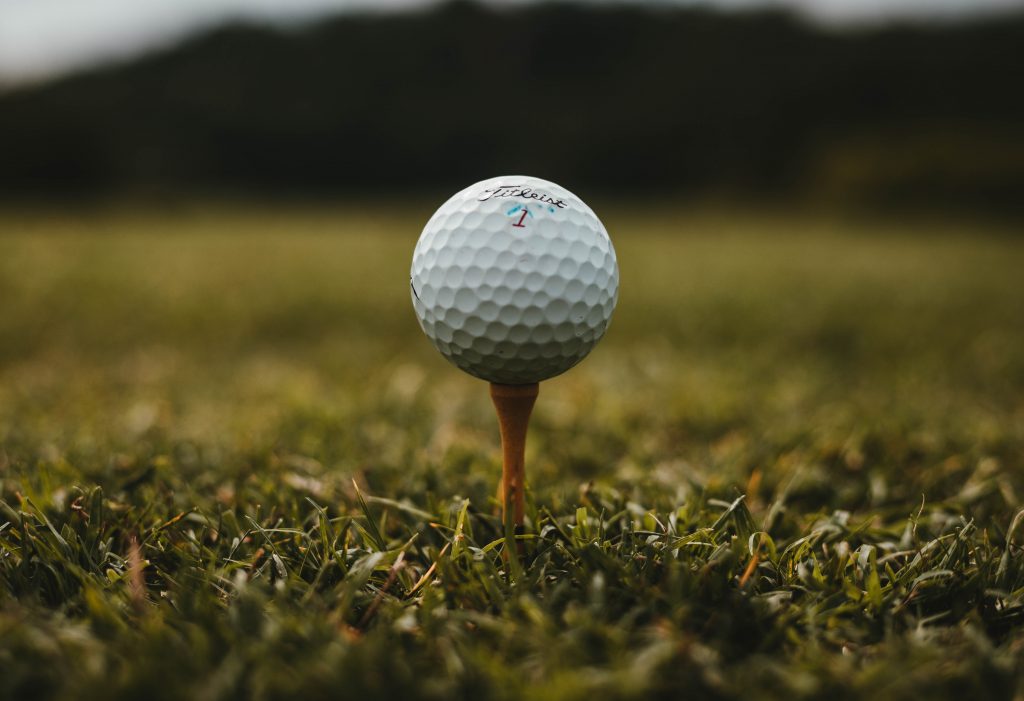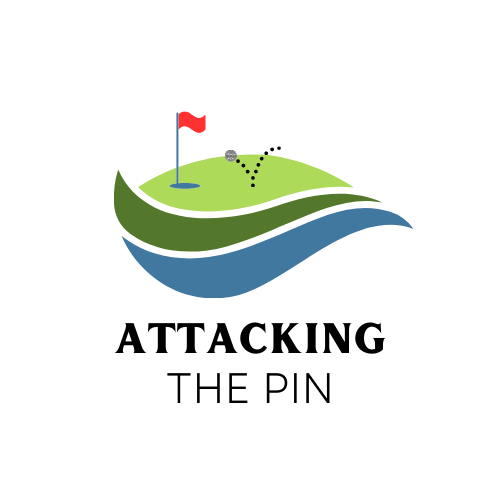What is MOI in Golf? The most important question any golfer should ever ask himself or herself is, “Why is MOI so significant in golf?” Look, if you’re a beginner, handicap, senior, or female golfer and your current golf clubs are too harsh for you, then getting new ones with a high MOI is your top priority. The more forgiving the golf clubs you currently possess, the higher chance you have of striking the sweet spot for striking away. And this can only be done by having a high MOI.
Unfortunately, not all golf clubs have the same MOI. As a result, maintaining uniformity becomes very difficult, if not impossible. On the other hand, if each of your set’s golf clubs has the same MOI, consistency will improve as a result of identical swing demands in every club.
Let’s get started at the part where I explain more in detail about MOI. What exactly is MOI, and how does it work? In the first place, what is MOI? What kind of shape does it take? What materials are used to make it? Where and how is it positioned/positioned? When purchasing golf clubs, most people ask themselves these questions. So let’s see if we can determine the correct answers once and for all!
Everything You Need To Know About Golf MOI
Moment Of Inertia
The driver’s MOI is a measurement of the resistance of the clubhead to twisting. The golf club head’s MOI is measured in grams per centimeter square (g/cm²). Because a greater level of resistance exists, the clubhead will be less likely to twist. Is it truly correct to claim that a high MOI on a golf club is simply the greatest? Continue reading to learn more…
When your golf club toe comes into contact with the ball, it causes the face to twist open. When the heel of the club contacts the golf ball, it causes the face to twist shut. The flight of the ball is disrupted in either case, and even distance is reduced. To avoid mis-hits from taking form and shape, high MOI incorporates a twisting action that is regulated.

What Is the Difference Between a High And Low MOI?
High MOI golf clubs are designed to help beginner, and high handicap golfers achieve more consistent results. The clubhead is more forgiving on off-center hits, which means you will still be able to hit the ball somewhat solidly even if you don’t make contact in the center of the clubface. Low MOI golf clubs are designed for better players who have more control over their swings and can hit the ball more consistently in the center of the clubface. If you’re looking for a club that gives you a little more forgiveness, go for a high MOI model. If you want something that’s easier to control, go with a low MOI option.
Now that we know what MOI is, it is important to understand what factors can influence it. The following three factors all play a role in determining the MOI of a golf club:
- Weight distribution – This is how the weight of the clubhead is spread throughout the club. A clubhead with more weight near the perimeter will have a higher MOI than one with more weight closer to the center.
- Size of the clubhead – Larger clubheads have a higher MOI than smaller ones because they are more resistant to twisting.
- Material of the clubhead – Heavier materials like steel have a higher MOI than lighter materials like titanium.

How Is MOI Measured?
MOI is typically measured using an apparatus known as a swing robot. This device can be used to measure how much the clubhead twists when it is impacted by a golf ball. By comparing the twisting motion of different clubheads, you can determine which one has a higher MOI.
There are also mathematical equations that can be used to calculate MOI, but these are more complex and beyond the scope of this article.
Now that we know what MOI is let’s take a look at some of the ways you can increase it in your golf clubs. There are three primary methods:
- Increasing the weight of the clubhead – Heavier clubheads have a higher MOI than lighter ones. This is because they are more resistant to twisting.
- Adding mass to the perimeter of the clubhead – By adding weight to the perimeter of the clubhead, you can increase the MOI. This is the most common way to increase MOI.
- Using a heavier material for the clubhead – Heavier materials like steel have a higher MOI than lighter materials like titanium.
What Is the Best Way to Increase MOI on a Golf Club?
The most popular and successful technique to increase MOI is to put weight around the clubhead’s perimeter (edges). This is precisely what distinguishes super game improvement irons from ordinary clubs.
Moment Of Inertia Vs. Center Of Gravity
When purchasing a golf club, it’s critical to understand what MOI is and what variables affect it. If you look solely at the center of gravity (COG) position as the determinant of clubs with poor or excellent “forgiveness,” though, you will be misled. They are not interchangeable. Take, for example, any two drivers that have been chosen at random. When comparing two drivers with different MOIs, one with a greater MOI will be more forgiving of off-center hits even if its COG is located farther away from the ball address position. Two drivers with identical COGs can have significantly varied MOIs if their mass properties are uneven.
It’s crucial to know what MOI is before determining how it affects a golf club’s playability. The measure of how much the clubhead resists twisting when struck by a golf ball is called MOI (Moment of Inertia). The more forgiving the club, the greater its MOI.e club will be on off-center hits.
Final Thoughts
Let’s take a look at some of the factors that influence MOI and how it is calculated so that you can understand why it’s so important when selecting a golf club. You may make your clubs more forgiving and easier to hit by increasing their MOI. This is usually done by adding weight around the perimeter of the clubhead.
As you can see, there are several ways to improve the MOI of your golf clubs. You may make your clubs more resistant to twisting and help you hit the ball more regularly by utilizing one or more of these techniques. Thank you for taking the time to read this post!
Articles You Might Enjoy Reading






